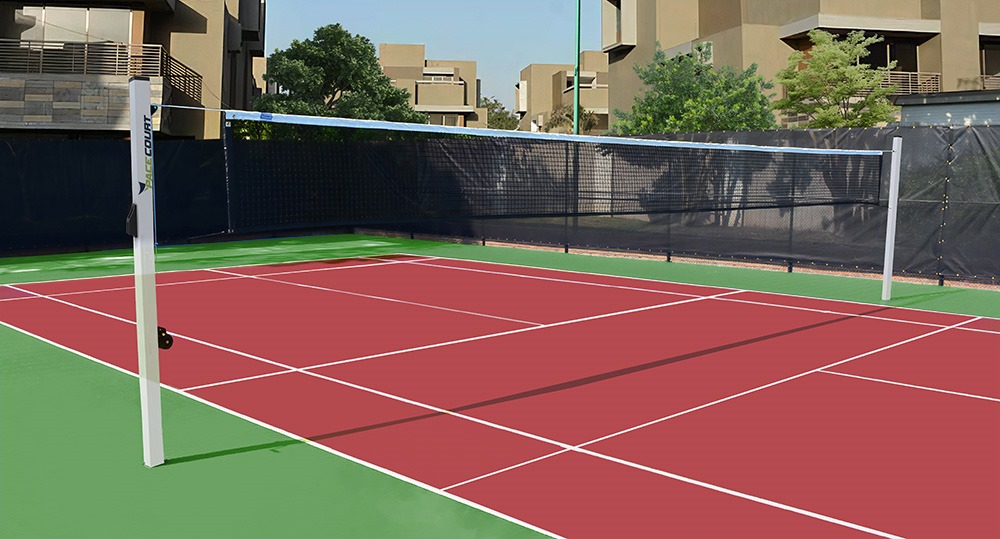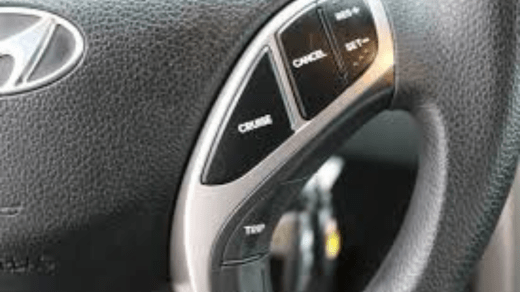Introduction:
The evolution of badminton court surfaces has been a fascinating journey marked by significant advancements in synthetic materials. Traditionally, badminton courts were surfaced with materials like wood, rubber, or vinyl, each with its own set of limitations. However, the emergence of synthetic materials in the mid-20th century ushered in a new era of innovation and performance. Synthetic materials offered improved durability, consistency, and performance characteristics, revolutionizing the way badminton courts were constructed and experienced. This shift towards synthetic surfaces has not only enhanced the playing experience for athletes but has also addressed concerns regarding maintenance, longevity, and safety. As the demand for high-quality playing surfaces continues to grow, the evolution of synthetic materials remains a driving force in shaping the future of badminton court design and construction. This article delves into the history and evolution of badminton court surfaces, with a focus on the advancements in synthetic materials, particularly those pioneered by Pacecourt, a leading manufacturer of synthetic acrylic sports flooring.
The Rise of Synthetic Materials:
Durability: Offer enhanced durability compared to traditional surfaces like wood or rubber, minimizing wear and tear even under heavy use.
Consistency: Synthetic surfaces provide consistent playing characteristics, ensuring uniform ball response and traction throughout the court.
Performance Optimization: Advanced engineering of synthetic materials allows for customization of performance attributes such as shock absorption, surface friction, and ball bounce, catering to the specific needs of players and facility requirements.
Safety Features: Synthetic materials can be designed with safety features such as shock absorption and slip resistance, reducing the risk of injuries for players.
Cost-Effectiveness: While initial installation costs may be higher, synthetic materials offer long-term cost savings due to reduced maintenance requirements and extended lifespan.
Environmental Sustainability: Many synthetic materials are manufactured using eco-friendly processes and recyclable materials, aligning with sustainability goals and reducing environmental impact compared to traditional options.
Versatility: Synthetic materials provide versatility in design, allowing for customization of colors, patterns, and surface textures to meet the aesthetic preferences of facility owners and architects.
Ease of Installation: Often come in prefabricated forms, simplifying the installation process and reducing downtime for court construction or renovation.
Pacecourt: The Name Synonymous With Innovation in points:
Pioneering Synthetic Acrylic Flooring: Pacecourt is renowned for its groundbreaking work in developing synthetic acrylic flooring materials tailored specifically for sports applications.
Commitment to Research and Development: The company invests significantly in research and development to continuously push the boundaries of innovation in sports flooring technology.
Customized Solutions: Pacecourt offers a range of customizable solutions, allowing facility owners to tailor flooring characteristics such as performance, durability, and aesthetics to their specific needs.
Industry-Leading Durability: Pacecourt’s synthetic acrylic flooring materials are recognized for their exceptional durability, capable of withstanding heavy use without compromising performance.
Optimized Performance: Through advanced engineering, Pacecourt’s flooring solutions deliver optimal performance characteristics, including consistent ball response, traction, and shock absorption.
Focus on Safety: Pacecourt prioritizes safety in its flooring designs, incorporating features such as shock absorption and slip resistance to reduce the risk of injuries for athletes.
Environmental Responsibility: The company is committed to sustainability, utilizing eco-friendly materials and manufacturing processes to minimize environmental impact.
Partnerships and Collaborations: Pacecourt collaborates with athletes, coaches, and sports organizations to understand evolving needs and trends, driving innovation in sports flooring solutions.
The Evolution of Badminton Court Surfaces:
Traditional Surfaces: Historically, badminton courts were constructed using materials like wood, rubber, or vinyl. While these surfaces served their purpose, they often lacked consistency and durability.
Introduction of Synthetic Materials: The emergence of synthetic materials in the mid-20th century marked a significant shift in badminton court construction. Synthetic materials offered improved durability, consistency, and performance compared to traditional surfaces.
Advancements in Technology: Over time, advancements in technology have led to the development of specialized synthetic materials designed specifically for badminton courts. These materials are engineered to provide optimal playing characteristics, such as consistent ball bounce, traction, and shock absorption.
Innovations in Design: Modern badminton court surfaces feature innovative designs that optimize playing conditions for athletes. Factors such as surface texture, color contrast, and line markings are carefully considered to enhance visibility and gameplay.
Focus on Safety: Safety is a paramount concern in badminton court design. Synthetic materials can be engineered with features such as shock absorption and slip resistance to minimize the risk of injuries for players.
Customization Options: Facility owners have the flexibility to customize their badminton court surfaces to meet specific needs and preferences. This includes options for color, surface texture, and performance characteristics.
Sustainability: With increasing emphasis on environmental sustainability, manufacturers are developing synthetic materials that are eco-friendly and recyclable, aligning with broader sustainability goals.
Global Standardization: There is a growing trend towards standardization of badminton court surfaces to ensure consistency in playing conditions across different venues and tournaments.
Conclusion:The evolution of badminton court surfaces has been shaped by advancements in synthetic materials, with Pacecourt at the forefront of innovation in this field. Through its commitment to quality, durability, and performance, Pacecourt has redefined the standards for badminton court construction, providing athletes with superior playing surfaces and facility owners with cost-effective, sustainable solutions. As the demand for high-quality synthetic flooring continues to grow, Pacecourt remains dedicated to pushing the boundaries of innovation, ensuring that the future of badminton is played on surfaces that are as resilient and dynamic as the athletes themselves.



